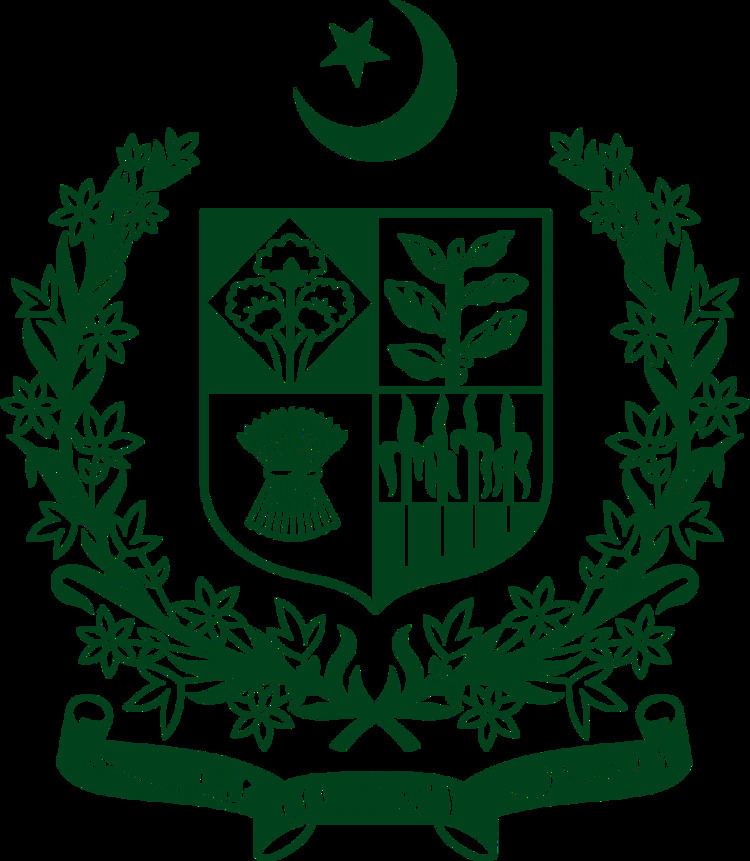 | ||
The Districts of Pakistan (Urdu: اِضلاعِ پاكِستان), are the third order administrative divisions of Pakistan. Districts are the third order of administrative divisions, below provinces and "divisions". Although the "divisions" were abolished due to the reforms of August 2000, Punjab province restored them back in 2008 followed by Balochistan in 2009, Sindh in 2011 and Khyber Pakhtunkhwa in 2013. Nevertheless, the 149 districts still form the top tier of a three-tier system of local government with the two lower tiers composed of approximately 596 tehsils (included the Kashmir region) and more than 6,000 union councils.
Contents
Prior to 2001, there were 106 districts but with the reorganisation, these were reduced to 102 by the merger of the five districts of Karachi Central, Karachi East, Karachi South, Karachi West and Malir to form Karachi District. The five districts had formed the division of Karachi which was abolished. The number of districts rose to 106 again in December 2004, when four new districts were created in the province of Sindh of which one (Umerkot) had existed until 2000 and three districts (Kashmore, Qambar and Jamshoro) were newly created. The new districts were carved out of Mirpur Khas, Jacobabad, Larkana and Dadu Districts respectively.
In May 2005, the Punjab provincial government created a new district by raising the status of Nankana Sahib from a tehsil of Sheikhupura District to a district in its own right. On 11 July 2011, the Sindh Government restored again the districts of Karachi South, Karachi East, Malir, Karachi West and Karachi Central, then later in 2013, the district of Korangi was carved out of Karachi East District.
In Azad Kashmir, the second tier of government is formed by three administrative divisions with a third tier of ten districts. In Gilgit–Baltistan, there are nine districts divided between the two regions of Gilgit and Baltistan; Baltistan being a part of Ladakh under Pakistani control, the other part being under Indian control.
Chagai is the largest district of Pakistan by area while Lahore District is the largest by population with total population of 6,318,745 by 1998 census. Quetta is the largest district of Balochistan by population with total population of 744,802 by 1998 census. Bahawalpur is the largest district of Punjab by area. Chitral is the largest by area and Peshawar is the largest by population from Khyber Pakhtunkhwa. Sindh's largest district by area is Thatta and by population its one of the Karachi districts since combined population of six Karachi districts is over 13 million by 1998 census making average population of these six districts over 2 million each. South Waziristan Agency and Bajaur Agency are the largest from FATA by area and population respectively while Neelum and Kotli are Azad Kashmir's largest in the same order. Gilgit is the largest by area and population both for Gilgit-Baltistan.
Balochistan
Note: In this map, Lehri is shown within Sibi District on #27. Sohbatpur is shown within Jafarabad District on #8.
Khyber Pakhtunkhwa (KP)
Note: In this map, the Upper and Lower Kohistan District both are shown as one district on #12 of map. Torghar is shown within Mansehra District on #16.
Sindh
Note: In this map, Sujawal is shown within Thatta District on #22.
